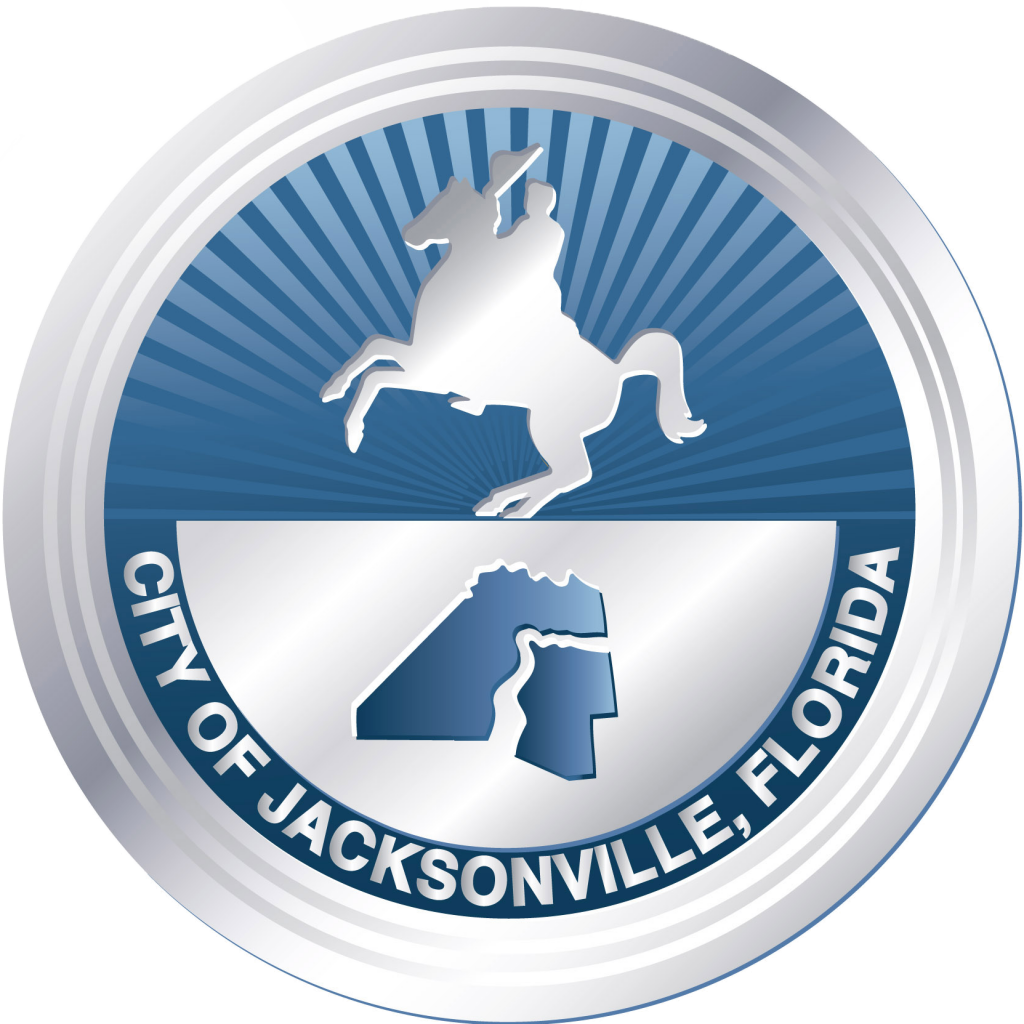
A year ago, Jacksonville Mayor Alvin Brown presented an ambitious budget to city council that advocated for “getting the best return on our investment for the next generation … [seizing] the moment to use our resources to make not only a better today, but also a better tomorrow.”
At 8:30 a.m. Monday in council chambers, Jacksonville Mayor Lenny Curry, who ran on a platform of budget sanity and sustainability, will present what’s described as a realistic, balanced budget.
Florida Politics has obtained a draft version of the documents. There are a number of noteworthy points.
Capital improvements will be a priority. One such will be a focus on Americans with Disabilities Act compliance. Almost $8 million is proposed to be spent on ensuring compliance of roads, libraries, and sidewalks with ADA requirements, part of a four-year $47 million plus commitment. Landfill expansion will take up $11 million of the FY16 budget, and drainage rehabilitation another $6 million.
Meanwhile, resources will be allocated for the Liberty Street reconstruction: $5 million of city money is proposed to be budgeted for that effort, with a $65 million proposal for the next five years.
Ash site remediation: $181 million, up almost $20 million from the previous budget. And $17.5 million for Shipyards remediation work, a significant commitment which is certain to put the Shad Khan project closer to reality.
Five new fire stations and five relocated fire stations are also part of the budget, in addition to $20 million (including grant money) to Agencies for Children’s Programs.
A five-year, almost $6 million commitment would, in this budget, be made to the mobile radio refresh for police, fire, and rescue vehicles: This was a big ask during the June departmental budget reviews with Sam Mousa.
The Jacksonville Journey budget, another significant campaign trope, is on its way to restoration. The proposed budget is almost $5.1 million, up from a little more than $2 million the previous year. The major increase: $3 million in “additional program funding.”
Included in the budget also are five-year projections for departmental budgets. The Sheriff’s Office is proposed to go from a $402 million budget to an almost $460 million budget in FY 2020. Fire and Rescue: from $210 million in the current budget to $240 million in FY 2020. These increases will be in line with historical rates.
As well, 40 new police officers are proposed, along with an equal number of community service officers.
The revenue and expenditure forecast is, as expected, conservative. Expectations are for 4 percent property tax income generated per year through FY 2020, with the tax rate remaining as is. Other revenue projections are in the 2 percent per annum range.
Expenditures will stay within that range during the next half decade. The exception is health care, which is expected to increase by 7 percent per year by the time 2020 rolls around. Given the worry of policy makers that heart and hypertension issues from aging and retired employees will be a burden, that may be a conservative long-range forecast.
Head count, meanwhile, will be held constant.
About $2.24 million will be allocated to fleet replacement in FY 2016 as well, satisfying a need in multiple departments.
Curry gave a high-level view into his budget priorities on two major public occasions: at his Inauguration and during a lunch time meeting on July 2 with city council.
A leit motif in both sessions was the mayor saying, “You will receive a balanced budget; it may not be your priorities.”
What is clear in the current budget: Team Curry, in football terms, is establishing the ground game in the first quarter. There are no pyrotechnics in the current budget, no sweeping assertion of a grand plan beyond fiscal accountability.



